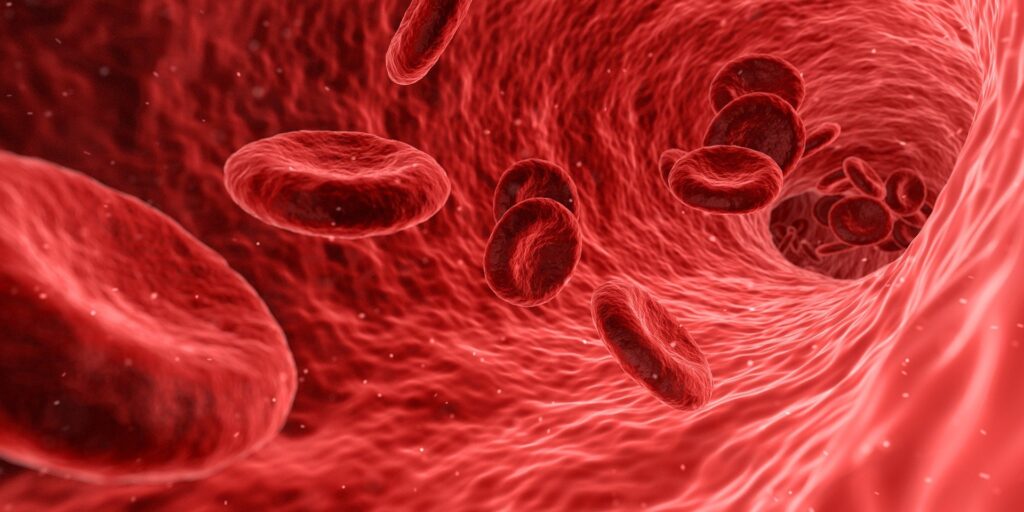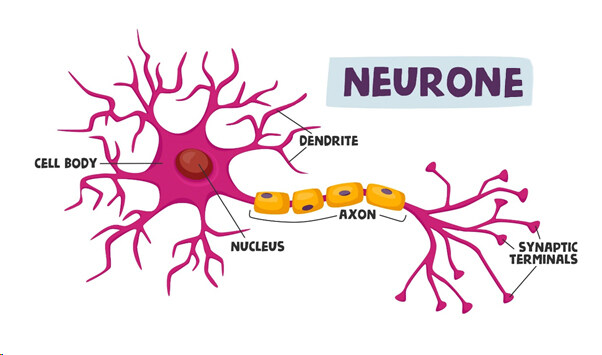How many types of tissues are present in our human body ? There are 4 types of tissues present in our body . Which is based on cell structure and its function perform by cells of the body.
- Epithelial Tissue
- Connective Tissue
- Muscular Tissue
- Neural Tissue
Heart, Lungs, Kidney, stomach etc are made of specific portion and pattern of all basic types of tissues. Each organ contain these 4 types of tissues in specific proportion.
Epithelial Tissue
Cells of these tissue are compactly packed and rest on basement membrane. There is no blood supply in this tissue because here cells have less intercellular space and blood vessels cannot penetrate . This tissue is Avascular because there is no blood vessels . Epithelial tissue gets his oxygen and nutrients from connective tissue.

There are 2 types of Epithelial tissue based on layers of cells –
- Simple epithelial tissue – single layer of cells are present here . On the basis of structure of cells this further divided into 3 types – simple squamous, simple cuboidal, simple columnar. This tissue forms lining of body cavities, ducts and tubes.
- Complex epithelial tissue – two or more layers of cells are present here. This divided into 2 types – Transitional and Stratified.
Connective Tissue
Cells of these tissues are far apart from each other . There is lot of space is present between the cells . This tissue is most abundant and widely present in body. Example blood, bones etc. Their special function is linking and supporting other tissue/organ for example ligament, tendon,bone.

On the basis of cells, types of protein fibres and ground substances connective tissue have 2 types :-
- Proper Connective tissue – Further Divided into Loose and Dense connective tissue.
- Specialised connective tissue – Further Divided into Skeletal and Fluid connective tissue.
Muscular Tissue
Human body is made up of 40%-50% of muscular tissue. Properties of the muscles are its Contractibility, Extensibility, Elasticity, Excitability. Muscles helps in locomotion and movement. There are 3 types of muscular tissue :-

- Skeletal Muscles – these muscles attached to our bones.these are voluntary in nature it means we can control these muscles .Example biceps , quadriceps, hamstrings etc.
- Smooth muscles – these muscles found in our internal oragans. Example stomach, small intestine, large intestine, uterus, blood vessels etc. these muscles are involuntary in nature it mean we cannot control these muscles.
- Cardiac muscles – these muscle only found in our heart. These are involuntary muscles.
Each muscle have many long cylundrical fibres/cells arrange in parallel arrangement.
Neural/Nervous Tissue
In neural tissue there are two types of cells depending upon there structure and function.

- Neuron’s – structural and functional unit of neural tissue. These are the longest cell of the body. Neurons are excitable cells which respond to external stimuli.
- Neuroglial cells – these cells makes more than 50% of entire nervous system. These cells support neurons by helping in packaging of the neurons and protects the neuron. Schwaan cells and oligodendrocytes are the examples of neuroglial cells. These cells form myelin sheath.
